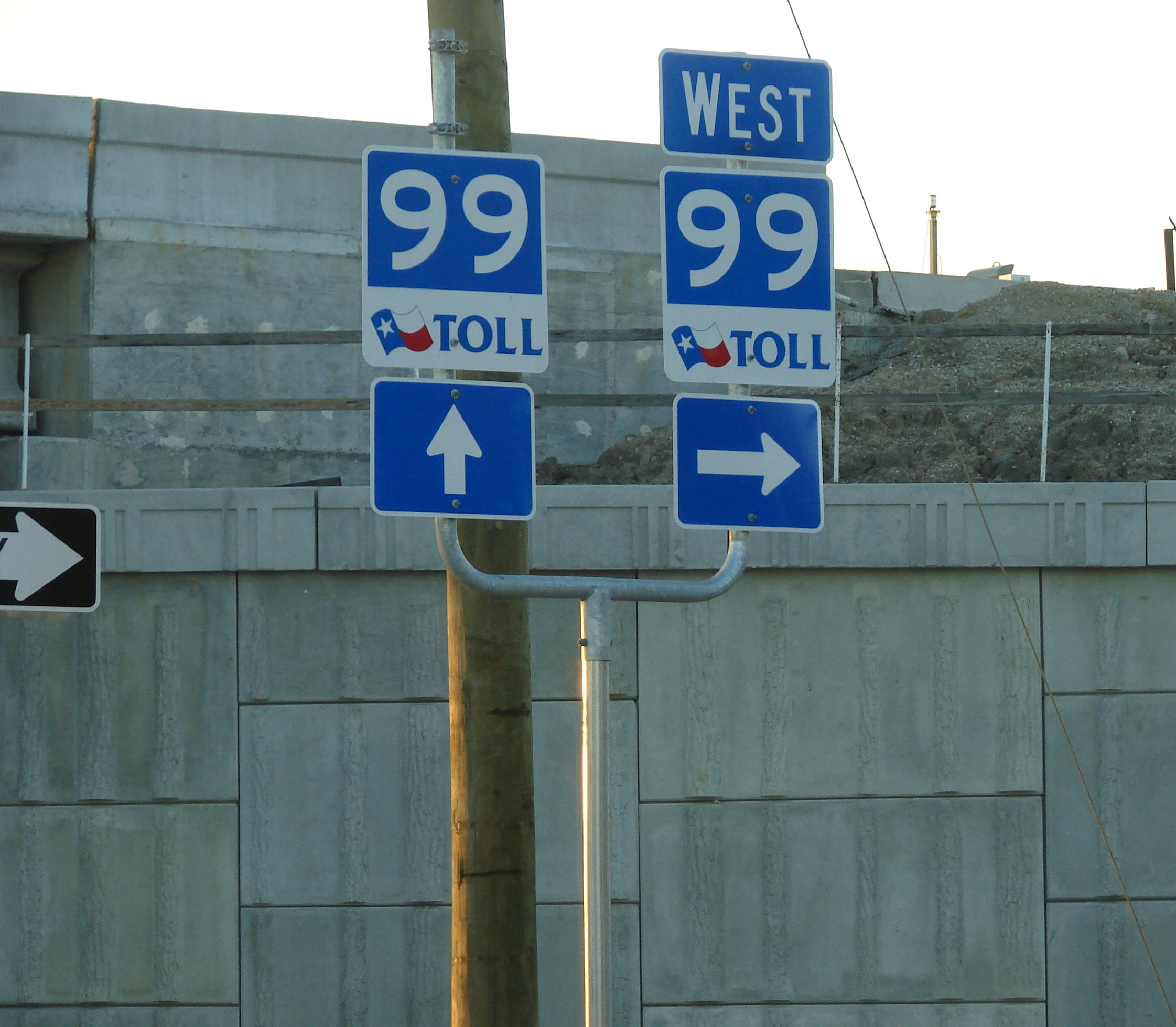by Michele Marano, May 17, 2016
Depending on what part of the country you live, some states are showing signs of, yes – once again, a real estate bubble.
New York, which always maintains much higher real estate prices, compared to most other major cities, has soared even higher. So where can these prices go? Although there seems to be no stopping on the upside – no apparent ceiling, are prices justified based on local economics and global demand?
If you’re familiar with any type of market, you will inherently understand that no market goes in one direction – up – forever. Markets tend to correct at a 7 year span, so it seems historically proven. Our last housing bubble was a result of faulty credit ratings the industry failed to recognize in 2007-2009. While prices peaked near 2006, there was a slow but consistent turn in prices, homes foreclosed and the inflated costs steadily adjusted from New York State to California, hurting major cities in Florida, Arizona and Nevada.
Now, years after the mortgage debacle, the banking industry found comfort again in lending across all states. With a good credit score and income to prove, you can purchase a home with as little at 10% down, at a 3% interest rate. But really, are economics so good in these cities that prices cannot stop rising?
I don’t think so. And rates will not stay this low forever.
Typically, a market is driven by demand; good economics and scare land. Global and local demand push prices to inflated levels, leaving fewer able to purchase, which in turn causes rentals to soar. A typical New York market.
So why doesn’t Texas ever over-inflate? Houston, a city whose demand is typically driven by the energy industry has already had a correction in lower oil prices, the main reason real estate slows and then flattens and in some areas comes to a halt. In addition, there is so much land annexed to the city, any growth in population, only levels out pricing. The good news is the correction is taking place; shaken economics caused by the drop in oil prices and enormous amounts of layoffs for the past year and a half. Although some people may have lost jobs, it doesn’t crater the real estate market – it only creates a flattening – while cities around the nation are over-inflated.
While sales have halted in areas like the Woodlands and Spring, builders have taken caution selling existing inventory before adding risk. Some builders, projecting a near future increase in demand have started projects that will not be complete for 6-12 months, keeping things at a slow pace until the market heats back up – and surely it will.
So what makes Houston so attractive to buyers? Housing costs remain lower than the national average, even when the market is soaring. Houston, considered the Energy Capital of the World, keeps investors and foreign buyers pouring in from around the globe. This helps maintain a momentum in sales even when things slow – housing under 250k is attractive to investors and new buyers and housing over 500k is an option to those who want to maintain a secondary residence – whether it’s for business or investment. ( I”ll discuss Houston’s multi-million dollar high-rise market next month.)
In addition, Austin maintains “most desired” city to live for many reasons:
- Center for Film
- Center for Technology – Silicon Valley Southwest
- Home of the Formula 1’s Circuit of the Americas raceway.
- A place Fortune 500 companies are either headquartered or have regional offices which include Apple Inc, Cisco, eBay, Google, IBM, Intel, Texas Instruments, Oracle Corp., Whole Foods Market, and of course Dell is headquarter moments away in Round Rock – a small suburb.
Texas, a state which allows for a very good real estate market – unlike other cities, gives one the ability to purchase at discounts, and then profit when the market turns. Of course, you must have the smarts of how and when to do so. You just need to recognize when there’s an opportunity to buy and know when the time comes to sell.
While other parts of the nation may be bubbling, the risk of that happening in Texas is minimal to none, as things have already cooled off. Oil being on the down since last year (and now slowly inching up) has allowed the market to level – a chance to sustain moderate pricing – not over-inflated levels like in some of the states I’ve mentioned. For more info. contact Michele@MicheleMarano.
Next month, what’s up with Houston’s rise in high-rises?

 Parkway, signs of completion are not that far in the horizon. According to the Grand Parkway Association, “Segment F1, 290-249, and Segment F2, 249 to 45N will likely open first, possibly in February 2016. The direct ramp from 45 SB to GP WB and GP EB to 45 NB will open with segment F2. Segment G, 45N to 59N, will open later, likely in March 2016. The ramps at Hardy Toll Road will not open until the contractor for Harris County completes their work. That means the area around Riley Fuzzell, and the Tollway will not open until March 2016.”
Parkway, signs of completion are not that far in the horizon. According to the Grand Parkway Association, “Segment F1, 290-249, and Segment F2, 249 to 45N will likely open first, possibly in February 2016. The direct ramp from 45 SB to GP WB and GP EB to 45 NB will open with segment F2. Segment G, 45N to 59N, will open later, likely in March 2016. The ramps at Hardy Toll Road will not open until the contractor for Harris County completes their work. That means the area around Riley Fuzzell, and the Tollway will not open until March 2016.”